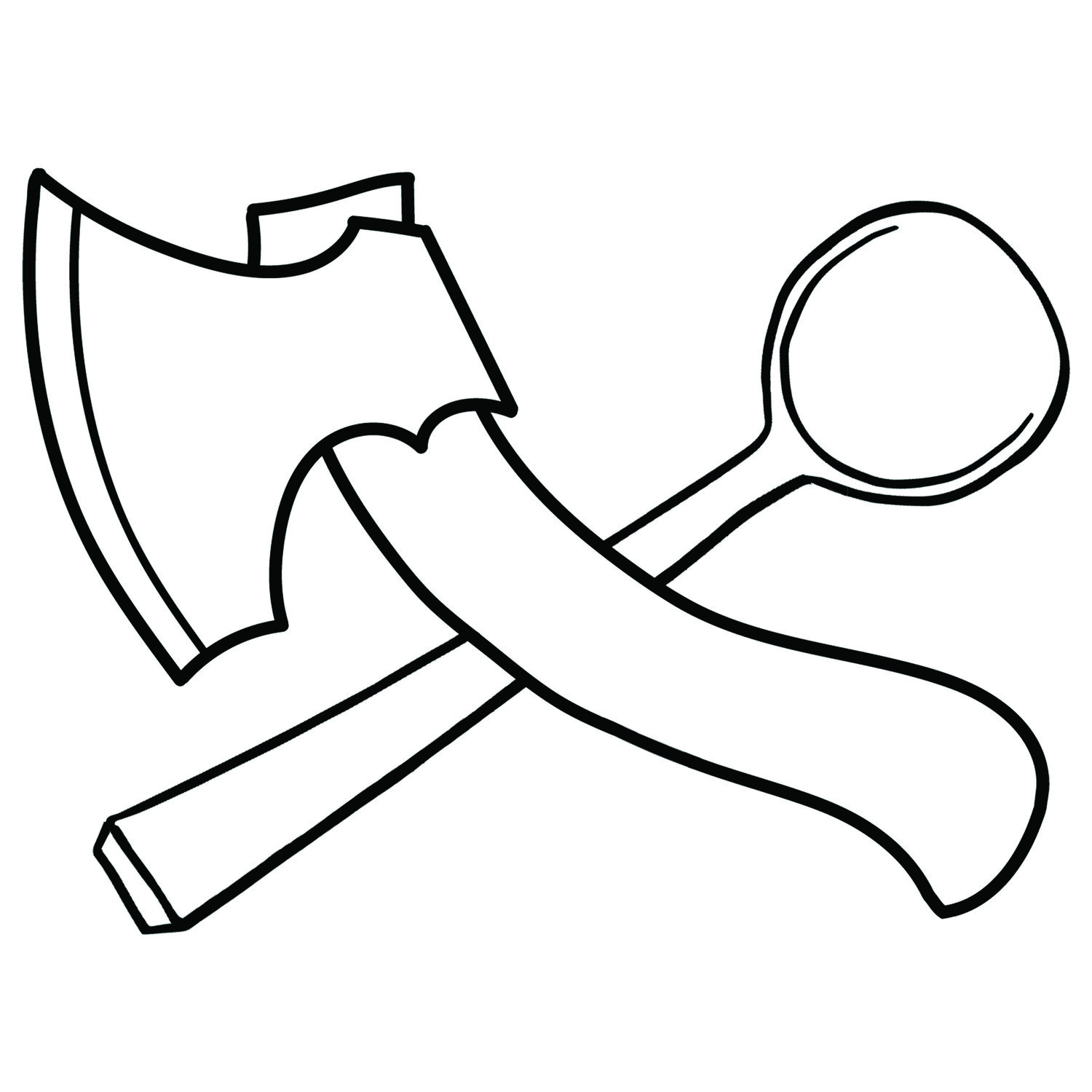Functionality = Beauty
A thing cannot work extremely well and not have beauty. Everything that has a high level of utilitarian functionality ends up looking beautiful. If all that is considered is function, beauty will follow.
Beautiful and functional wooden spoon
William Morris famously said "Have nothing in your house that you do not know to be useful, or believe to be beautiful." I've found time and time again, that the things which work extremely well cannot help but look good. For makers, this in an important fact to remember. When we want things to look good, we sometimes focus on the aesthetics of the piece. That's the wrong approach. We should focus on the function and trust that beauty will emerge as a by-product of the item working well. It's easy to make something look good. To make it work well is a much harder task. One that has a longer lasting reward.
In Spon by Barn the Spoon, he talks about form being the focus of his work; "I love using plain wood best, however, because then nothing distracts from the form of the spoon." In Richard Raffan's book 'Turned-Bowl Design' he warns against a focus on surface beauty. "If you reach beyond the gloss of attractive grain and a polished profile, there's a good chance that your bowls will not only feel good and function well, but grace the eye when not in use."
We've all come across work that uses attractive grain or added decoration to distract from poor design. I'd like to think it's unintentional, but there are definitely people out there furiously polishing turds. It can be tricky to spot, especially with so many of us looking at work over the internet. With the right filter, almost anything can be made to look good. If we get suckered into buying such a piece, it hurts to find that the functionality doesn't match the looks. Worse still, the surface beauty that first caught our eye is likely to fade. Pretty grain darkens and mellows, paint chips and scratches, engravings wear away. All we're left with is a thing that doesn't work very well and a lingering sense of being cheated.
Beauty is subjective. As the saying goes, it lies in the eye of the beholder. Functionality is much less subjective. A good functional object integrates well with your physical being. While humans come in all shapes and sizes, we fall within a bellcurve. Hands tend to have five fingers, mouths are usually under the nose, feet are most often on the end of legs. When making things for the masses, what works for you is likely to work for me. This is another advantage to chasing pure functionality over beauty. Beauty is much more subjective. It's determined by culture, beliefs and fashions. What was considered beautiful a hundred years ago might not have the same status now.
Great items tend to remain functional for a long time. A comfortable ladder-back chair from the 1800s will still be comfortable today. Through use, wood wears down. It does this at a quicker rate than other materials, but it's slow enough to get a lifetime of use out of an object. It will wear down in the way that it's used. An armrest will become smoother and more comfortable to hold, a spoon rim will align itself to the way you like to scrape the bottom of the pot. It makes these items unique to us. If it works well, you're more likely to reach for it. The more you use it, the more personal it becomes. The more personal it is, the more we love it.
Pure utilitarian function creates beauty. To design and craft an object that works well is a difficult task. If we achieve it, we will have created something beautiful.
To gild refined gold, to paint the lily,
To throw a perfume on the violet,
To smooth the ice, or add another hue
Unto the rainbow, or with taper-light
To seek the beauteous eye of heaven to garnish,
Is wasteful and ridiculous excess.
- William Shakespeare

